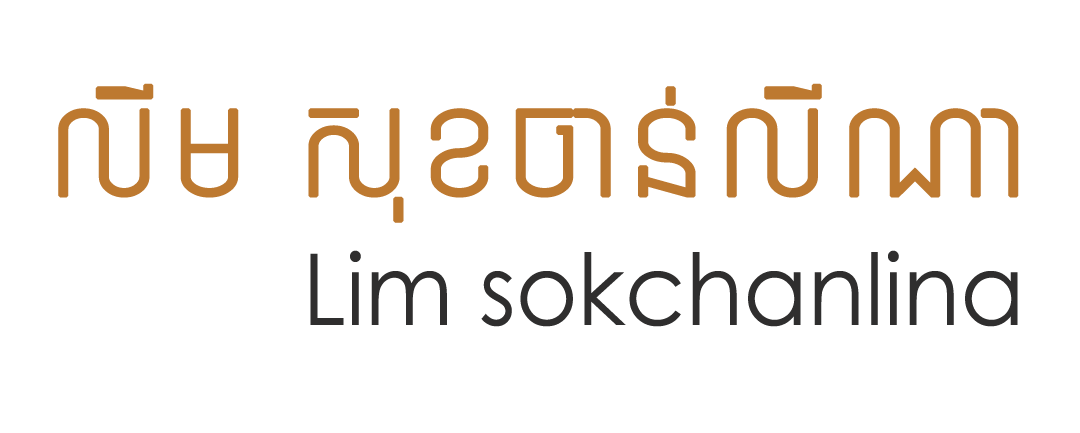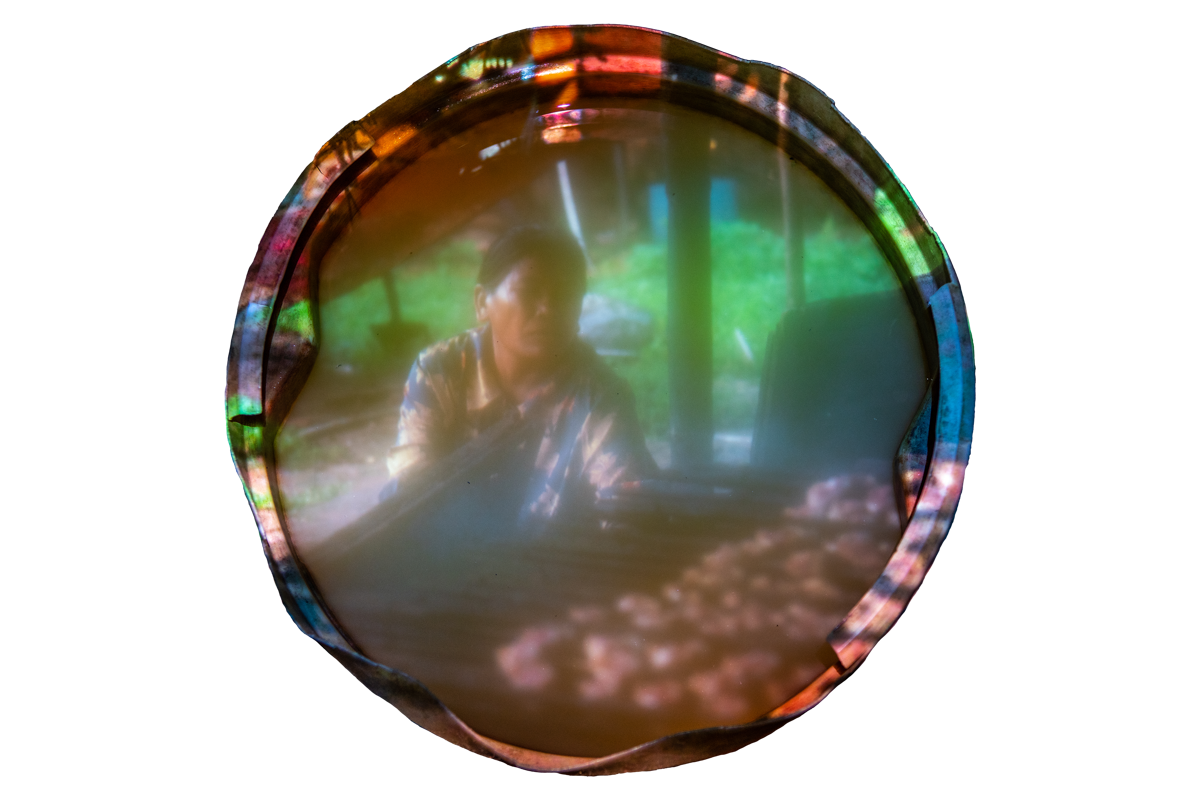ធាតុទឹក: បឹងទន្លេសាបអណ្តែត l The Water Element: Tonle Sap Lake Is Floating
13 Series of Photography
Size: 50 x 50 cm ; 70 x 70cm; 100 x 100 cm (Ed.5+2AP)
Print: Archival paper, Hahnemuhle photo rag 308g mount on Aluminum (Cut to the shape)
A Video installation: 6min35s (Ed.5+2AP)
A Photo Slideshow installation: 9min (Ed.5+2AP)
Artist Statment:
Life live on water is unbalanced. It floats and fluctuates. People who live on Tonle Sap Lake adapt to live floating on the water very well, but their life are still as unstable and unpredictable as the Tonle Sap itself. The lake is never clean enough to drink directly; its waters must go through various stages of filtration, much like the people’s life, which are marked by uncertainty and constant adaptation to nature’s unpredictability.
The water of Tonle Sap Lake is not clear, often murky with an earthy tone, blending with the soil, organic matter, and the surrounding environment. The waters hold a unique and diverse ecosystem, shaped by a rare phenomenon where its flow reverses direction with the Mekong River during the rainy and dry seasons. This natural cycle supports the livelihoods of nearly two million Cambodians who rely on the lake for fishing, farming, and daily sustenance.
Tonle Sap Lake, often referred to as the heart of Cambodia. This lake is the largest natural freshwater lake in Southeast Asia. The communities live in stilted houses almost 10 meters above the ground, designed to adjust with the water levels during the rainy season. In 2011, the water rose 11 meters, forcing the locals to elevate their homes even higher. Yet, over the past decade, the water levels have steadily declined, making their livelihoods even more difficult, a change they attribute to deforestation, climate change and the construction of dams along the Mekong River, disrupting the lake’s natural cycle, threatening not only the ecosystem but also the communities that rely on it.
My first encounter with Tonle Sap Lake, as part of my ongoing exploration of climate change, was in 2011. I embarked on a boat journey from Phnom Penh to Siem Reap province, a trip that took nearly nine hours. As the boat approached the vast expanse of the lake, I was struck by its enormity—stretching beyond the horizon like a fresh water ocean. Its magnitude was both humbling and empowering, reminding me of nature’s power and beauty. During this trip, I visited the fishing village of Kompong Pluk, where I stayed with a local family. Over the years, we have grown close, and I now visit them almost every year, learning more about their life, culture, believe and the environment changing.
I am fascinated by natural water and the unique ecosystem of Tonle Sap Lake. Through my personal experiences with Tonle Sap Lake and my growing concerns for its future, I am compelled to showcase the fragility of this ecosystem and call for the urgent need for action to protect it.
Cambodians believe that humans are created from four fundamental elements: earth, water, fire, and air. Water is one of the essential elements that sustain life. It forms 60% of the human body and has always played a vital role throughout human civilization. Yet, in the context of climate change, water scarcity has become a critical issue.
We are fighting for fresh water as the world evolves and changes rapidly every day. The complexities and conflicts we face today, whether social, economic, political, or cultural, are deeply intertwined with the competition for these four elements. This is why I have chosen to focus on these elements as the core themes of my long-term project, using a multidisciplinary approach to researching and creating art works that respond to these challenges.
Click here to download exhibition text/press release written by Daisuke Miyatsu (Art Collector / University Professor)













